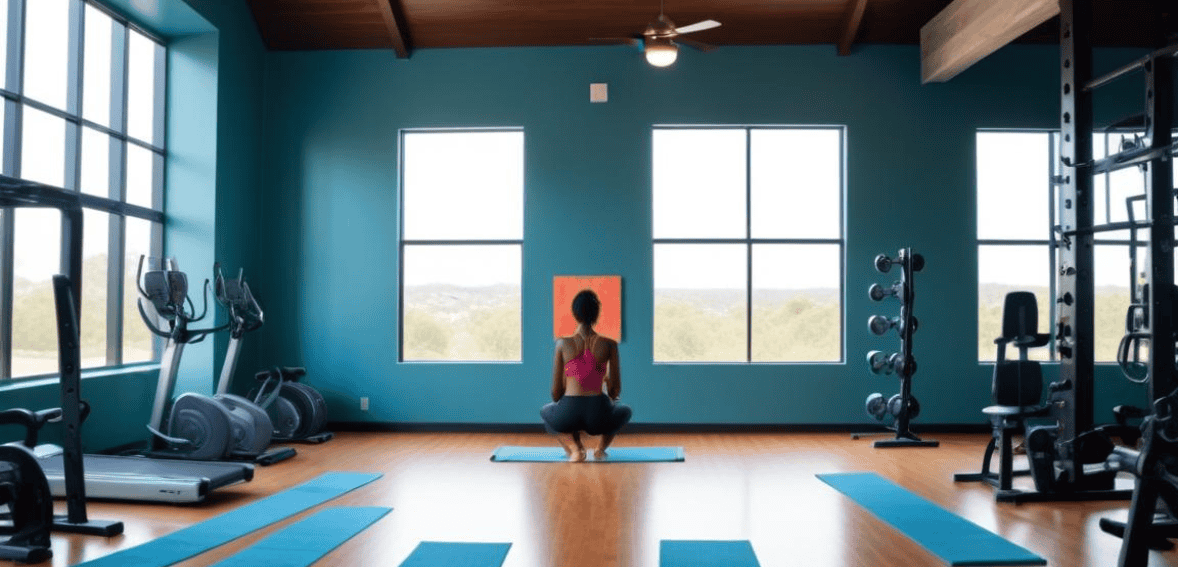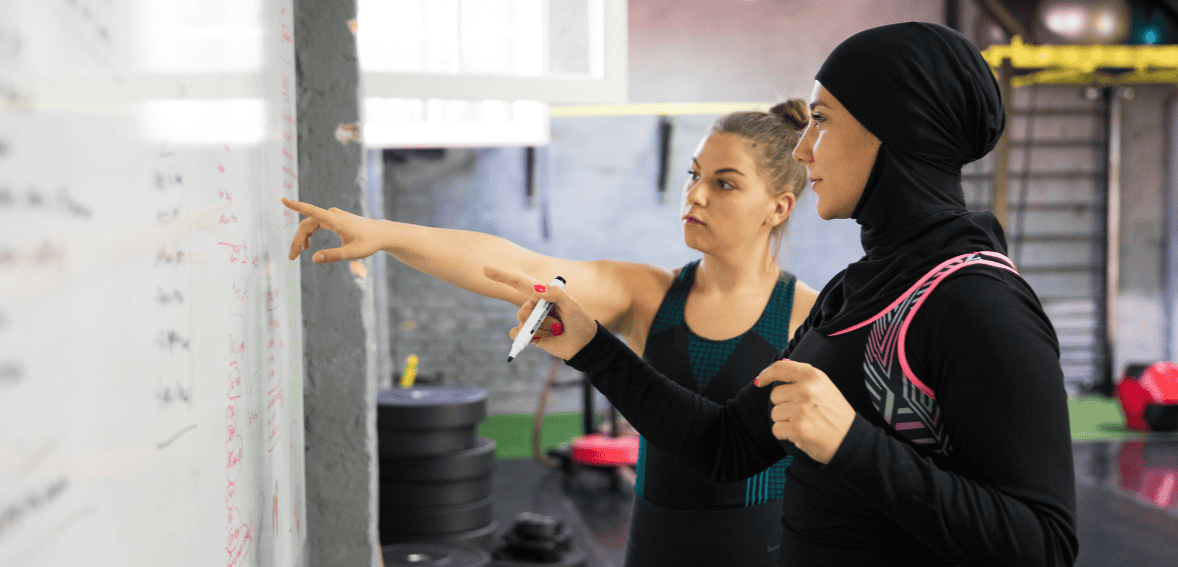Join 2,000+ gyms that trust
CloudGymManager

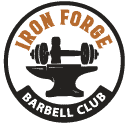
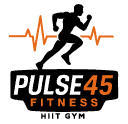
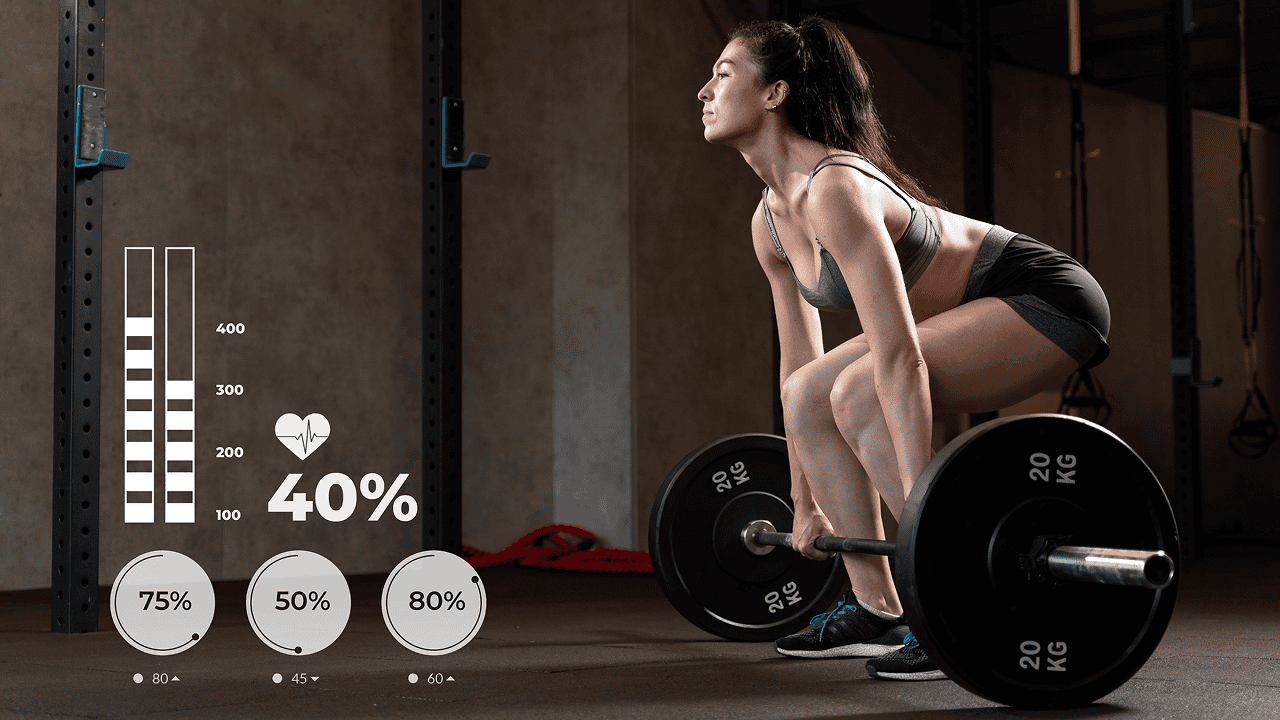
Free trials have become one of the most common acquisition tools in the fitness industry. They remove the fear of commitment, reduce the barrier to entry, and allow prospects to experience the facility before making a financial decision. Yet despite their popularity, most gyms struggle to convert trial members into paying customers. Industry averages show trial conversion rates hovering around twenty five to thirty five percent. Many gyms fall short of even this benchmark, converting only fifteen to twenty percent of prospects. At the same time, the most optimized trial systems convert at forty percent or higher. The difference lies in trial structure, experience quality, communication strategy, and follow up execution.
A trial is not simply free access. It is a conversion funnel. It introduces prospects to the gym’s environment, community, staff, programs, and values. If the experience is unplanned or passive, prospects wander without direction, attend once or twice, and disappear. If the trial is intentional and structured, it creates habit formation and builds emotional connection. A powerful trial system helps prospects feel supported, recognized, and capable. It helps them understand why the gym is the best environment for their goals. To achieve forty percent or higher conversion rates, gyms must refine each step of the process.
A strong gym free trial conversion strategy addresses trial length, onboarding, mid-trial engagement, communication sequence, conversion offer design, and post-trial follow up. Each step contributes to a prospect’s impression. When these elements work together, free trials become one of the highest ROI marketing channels a gym can use. When executed poorly, they become a liability that fills the gym with trial tourists and non serious prospects. Gyms that take a strategic approach consistently outperform their competitors in member acquisition and long term revenue growth.

The first question gym owners ask is: how long should a free trial be? The answer varies by facility type, membership model, and program intensity, but clear patterns have emerged across the industry. Three day trials are generally too short for prospects to form a routine or build meaningful connection. Seven day trials are the most effective for most fitness studios because they balance urgency with enough exposure to classes, coaching, and community. Fourteen day trials may work well for specialized studios focused on coaching heavy programs, but they also risk giving too much time without a commitment. Thirty day trials rarely generate higher conversion and often create complacency, turning the trial into an extended free membership instead of a conversion opportunity.
The structure of trial access also influences conversion. Some gyms allow full access to equipment, classes, and amenities. This strategy helps prospects experience everything the facility offers, but it reduces the sense of urgency to upgrade. Limited access trials focus on specific classes or times, which can increase commitment urgency but may prevent prospects from understanding the full value. A balanced approach provides full access but includes structured touchpoints, such as orientation, goal setting, and scheduled check ins, that guide trial members toward conversion.
Pricing transitions also play an important role. Some gyms require a credit card to activate the trial, which reduces friction at conversion. Others offer low cost paid trials, creating early buy in and reducing non serious trial users. A trial to paid conversion tactic can include limited time pricing, founder’s rates, or exclusive trial-only bonuses. Each strategy supports conversion by connecting the trial experience to a compelling upgrade offer.
Conversion success depends heavily on what trial members experience during their first seventy two hours. This window is critical for shaping impressions and establishing habits. The most effective trial systems require an orientation on day one. During orientation, staff introduce the prospect to the facility layout, explain the membership structure, recommend specific classes or programs, and address any questions. This avoids the common problem where trial users feel lost or intimidated and fail to return.
Goal setting is also essential. When trial members articulate their fitness objectives, the gym becomes personally relevant. A short consultation helps prospects identify desired outcomes such as weight loss, strength improvement, endurance, mobility, or mental well being. With guidance from staff, these goals can be translated into a workout plan for the trial period. When people understand how the gym supports their personal goals, they become more engaged.
Mid trial check ins help maintain momentum. A seven day trial should include a touchpoint around day three or four. This can be a short message asking how the trial is going, acknowledging their effort, or suggesting classes they may enjoy. This simple touchpoint prevents disengagement. Recognition and support create emotional connection and reinforce the trial experience.
Early wins increase conversion likelihood significantly. When prospects see small improvements such as better energy, improved mood, or familiarity with classes, they begin to visualize long term membership. Coaches should acknowledge progress openly. Trial members who feel noticed convert at much higher rates than those experiencing the gym passively.
Community integration is a powerful retention and conversion driver. Encouraging trial users to attend group classes, events, or social gatherings helps them feel included. People join gyms for results but stay for relationships. Introducing trial members to regulars or instructors deepens connection and increases the perceived value of membership.

Every successful free trial system relies on strong communication. Trial members need structured messaging before, during, and after their trial period. A seven day trial should include several strategic communication points. A welcome message or orientation reminder on day one begins the relationship. A mid trial check in around day three maintains momentum. A reminder that the trial is ending one or two days before expiration prepares them for the upgrade conversation. A final message on the last day should present the membership offer clearly.
Follow up messaging is vital for prospects who do not convert immediately. Many people need three to seven days to make a decision. Gyms should deploy a follow up sequence that includes value reminders, class recommendations, success stories, and short-term incentives. Without follow up, the trial lead goes cold quickly and conversion drops significantly.
Analytics play a major role in improving conversion rates. Gyms should track trial attendance, class participation, communication engagement, and conversion outcomes. These metrics reveal bottlenecks and areas for improvement. If attendance is low during trials, fix engagement. If follow up messages show low response, adjust messaging. If conversion dips during certain seasons, refine offers or trial design.
Automated systems such as CloudGymManager provide trial tracking tools that show how many prospects start trials, how many convert, and which communication touchpoints produce the strongest responses. This level of visibility enables gyms to refine their trial funnel continually.
Trust is the foundation of trial conversion. Prospects evaluate whether the gym environment feels welcoming, supportive, and aligned with their goals. When instructors acknowledge their progress, when staff greet them by name, and when the gym feels approachable, trial members become emotionally invested. This emotional engagement matters more than amenities, facility size, or equipment.
Relevance means showing prospects how the gym fits into their lifestyle and needs. Trial systems that personalize recommendations based on goals convert far more reliably. A one-size-fits-all trial experience fails to address individual motivations. The most successful gyms tailor communication, class suggestions, and follow up based on what the member wants.
Support means guiding the trial member through the entire experience. It involves proactive communication, coaching, encouragement, and availability for questions. Supportive trials create confidence. Confident prospects convert.

Several strategic tactics help move trial members from interested to committed. One tactic is offering a limited-time conversion opportunity that creates urgency. Examples include discounted enrollment fees, trial-to-paid membership bonuses, or special rates reserved only for trial participants. Another tactic is the founder’s rate, a pricing model that rewards early adoption and makes prospects feel part of something meaningful.
For prospects hesitant about long commitments, offering a membership pause option reduces fear. If people know they can freeze their membership temporarily, their willingness to convert increases. Another effective strategy is extending the trial by a few days for highly engaged prospects who are close to converting. This brief extension often provides enough time to finalize a decision.
Objection handling is also essential. Common objections include pricing concerns, schedule conflicts, fear of commitment, and uncertainty about results. Staff must address these objections respectfully and consultatively. People convert when they feel understood rather than pressured.
The front desk team, sales staff, and instructors play critical roles in conversion. Staff should understand trial structure, talking points, and conversion scripts. They must know how to greet trial members, support them during workouts, and encourage continued engagement. Staff who know how to build rapport take trial conversion from a transactional moment to a relationship-based decision.
Training staff to recognize trial members and offer personalized guidance enhances their experience. Instructors should offer modifications, encouragement, and follow ups. Front desk staff should ask how their trial is going, remind them of class options, and ensure they understand next steps. Every staff interaction shapes the trial member’s perception.
Communication is not limited to digital channels. Physical touchpoints matter as well. These include welcome boards recognizing trial participants, printed maps of the facility, schedule explanations, and signage that guides prospects through their first workouts. These details reduce confusion and improve confidence.
Some gyms host trial-specific intro classes to introduce movements and ease intimidation. Others hold community events such as member meetups, beginner workshops, or themed classes. These touchpoints help trial members build relationships with instructors and peers, which significantly improves conversion rates.
Conversion is both a rational and emotional decision. Rationally, prospects evaluate pricing, scheduling, convenience, and amenities. Emotionally, they consider whether they feel comfortable, supported, motivated, and capable. The strongest conversion strategies address both layers. Trial members should feel progress and connection early on. They should understand the value proposition clearly. They should imagine themselves as long-term members of the community.
Trial fatigue is a problem when prospects use trials repeatedly without converting. To avoid this, gyms must require orientation, limit trial frequency, and use communication to explain the importance of membership commitment. A structured trial becomes a relationship-building tool, not a free-access loophole.
Optimizing a gym free trial program is one of the most valuable steps a gym can take to increase membership growth. When trials are intentional, structured, and supported with strong communication, gyms convert prospects at forty percent or higher rates. Trial length, onboarding quality, mid-trial engagement, conversion offers, and follow up strategy all contribute to the overall outcome. Gyms that treat trials as a guided experience, rather than a free access pass, create meaningful relationships with prospects.
Systems that support trial tracking and communication make this process significantly easier. CloudGymManager helps gyms manage trial memberships, automate touchpoints, and track conversion data so that trial funnels become predictable and scalable. With the right strategy and tools, gyms transform free trials into one of their highest performing acquisition channels and maintain steady membership growth throughout the year.
Q1: What is the optimal free trial length for gyms
Seven days is the most common and effective length because it provides enough time for habit formation without giving unlimited free access. Three days is often too short, while fourteen days can work for higher commitment studios. Thirty day trials typically reduce urgency.
Q2: What conversion rate should gyms expect from free trials
Industry averages fall between twenty five and forty percent. Well structured trials with strong onboarding and follow up perform at the upper end of this range. Tracking trial performance helps gyms understand which elements influence conversion.
Q3: What level of access should trial members receive
Full access showcases maximum value but may reduce urgency. Limited or class-focused access can increase conversion by encouraging upgrades. The best approach depends on the facility’s model and positioning.
Q4: How often should gyms contact trial members
A structured sequence works best. Send a welcome message on day one, a mid-trial check in around day three or four, a pre-expiration reminder, and an end-of-trial membership invitation. Follow up for several days after expiration.
Q5: What converts hesitant trial members
Clear offers, personalized support, trial extensions for engaged prospects, and addressing objections respectfully all help. People convert when they feel supported, confident, and connected to the gym environment.
